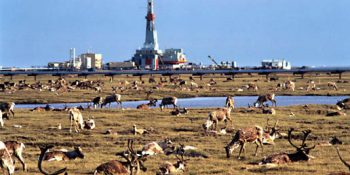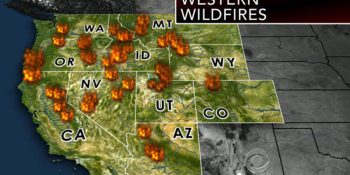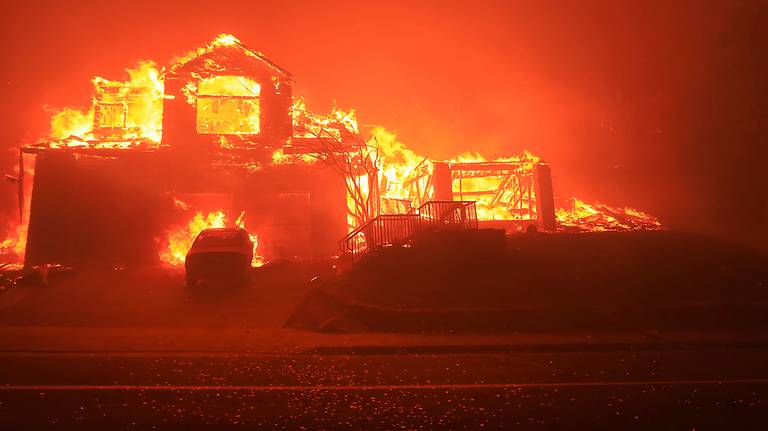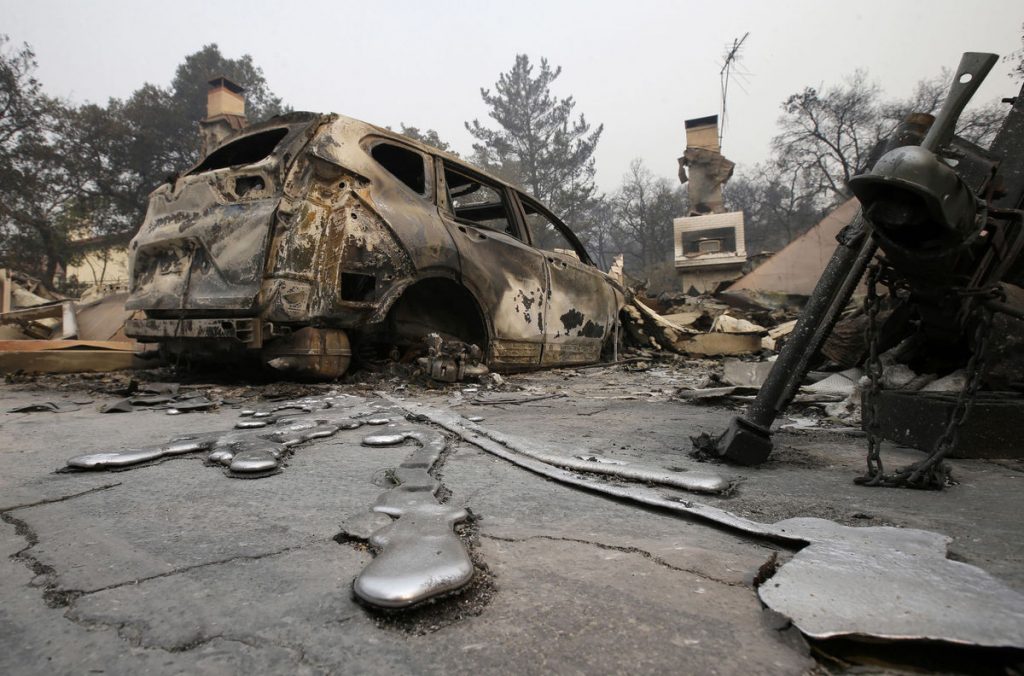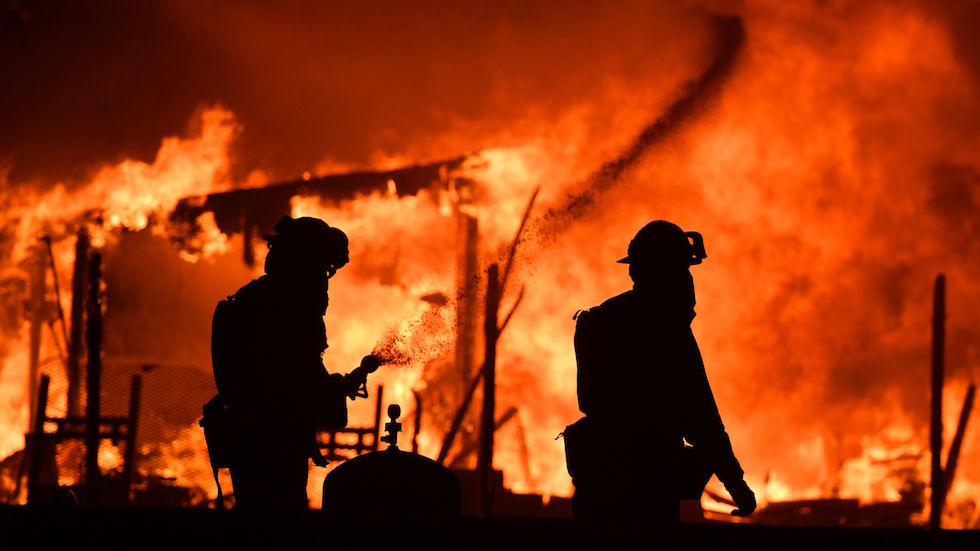‘Plan Ignores Science, Sharply Limits Recovery’
SILVER CITY, N.M.— The U.S. Fish and Wildlife Service finalized a deeply flawed recovery plan for the Mexican gray wolf today that will prevent the species from thriving in its historic homelands.
Responding to objections from state officials, the plan limits recovery efforts to south of Interstate 40, cutting wolves off from key habitat in and around Grand Canyon National Park and the southern Rocky Mountains of New Mexico. The plan also sets population targets of just 320 wolves in the United States and 200 in Mexico to remove protections — well below what federal scientists have determined are needed for Mexican gray wolves to be considered stable. And the isolation of the two populations would fail to address inbreeding that reduces the wolves’ viability.
“This isn’t a recovery plan, it’s a blueprint for disaster for Mexican gray wolves,” said Michael Robinson, a conservation advocate at the Center for Biological Diversity. “By limiting their habitat and stripping protections too soon, this plan ignores the science and ensures Mexican wolves never reach sufficient numbers to be secure.”
In 2011 the U.S. Fish and Wildlife Service appointed scientists to a recovery team that drafted a recovery plan. That plan called for three interconnected populations with a total of 750 animals. It identified the Grand Canyon and northern New Mexico as the best places for establishing two more populations. Largely because officials from Utah and Colorado did not want wolves close to their borders, the Fish and Wildlife Service never finalized the plan and has let the recovery team languish. The Service’s plan released today was written with little to no input from scientists on the recovery team.
“Once again, politics trump science,” said Bryan Bird, Defenders of Wildlife’s Southwest program director. “The final recovery plan fails the Mexican gray wolf with inbreeding, dangerously low populations, insufficient range and intense trapping and shooting. Mexican gray wolves are not receiving the science-based plan they desperately needed to survive.”
“Americans want a strong, science-based recovery plan,” said Hailey Hawkins of the Endangered Species Coalition. “Of the 100,000 comments submitted to US Fish and Wildlife Service on the Draft Mexican Wolf Recovery Plan, more than 99 percent of them were in support of wolf recovery. This recovery plan should address the concerns of the public – dangerously low recovery numbers, habitat fragmentation, poaching, declining genetic diversity and a potentially disastrous border wall – not ignore them.”
“The plan also precludes recovery of wolves in regions that independent scientists and the Fish and Wildlife Service’s own Mexican Wolf Recovery Team’s scientific subgroup say are essential to the wolves’ long-term survival,” said Kim Crumbo, western conservation director for Wildlands Network. “Recovery zones in the Grand Canyon and southern Rocky Mountains in northern Arizona and New Mexico, along with southern Utah and Colorado, are essential for lobo survival.”
“Beyond shortchanging the wolves, the plan’s limited geographic scope also prevents people throughout much of the region from enjoying the esthetic, ecological, educational, historical, recreational and scientific benefits that would accompany meaningful recovery,” said Emily Renn of the Grand Canyon Wolf Recovery Project. “These are the values that the Endangered Species Act is intended to protect.”
“Western public lands need the balance that wolves can bring,” said Greta Anderson, deputy director of Western Watersheds Project. “We know what wolves need to survive and thrive, but this plan falls far short of ensuring that outcome.”
“The plan reads like something that wolves’ most virulent opponents would have written in their wildest dreams,” said Christopher Smith, Southern Rockies wildlife advocate for WildEarth Guardians. “Clearly, the U.S. Fish and Wildlife Service is catering to a very narrow set of interests that want to see this amazing species banished from their native Southwestern home.”
“The Service is granting the very state agencies that have gone to extraordinary lengths to obstruct recovery, too much authority over the time, location, and circumstances of wolf releases by requiring that releases comply with state permits,” said Maggie Howell of the Wolf Conservation Center. “Too many opportunities, and quite frankly genetically irreplaceable wolves, have already been wasted under the states’ mismanagement — critically endangered lobos deserve better.”
“It is disappointing that the agency charged with recovery of these critically endangered animals — the U.S. Fish and Wildlife Service — has abandoned science and its mission to appease the narrow interests of the state game agencies,” said Sandy Bahr, chapter director of Sierra Club’s Grand Canyon (Arizona) Chapter. “We must expect, we must demand better for wolves and all of our wildlife.”
“The northern boundary to the Mexican wolf recovery area, arbitrarily held at I-40 in this plan, literally cements in place yet another politically driven obstacle to our lobos’ survival in the Southwest, which depends on their ability to move freely for genetic health and climate resilience,” said Kelly Burke, executive director of Grand Canyon Wildlands.
“The Fish and Wildlife Service published over 250 pages of supporting ‘scientific’ justification, used a sophisticated model to predict extinction probabilities, then tossed the science aside and asked the states how many wolves they would tolerate with no scientific justification whatsoever,” said David Parsons, former Mexican wolf recovery coordinator for the Fish and Wildlife Service. “Using the states’ arbitrary upper limit as a population cap in the population viability model and forcing additional recovery needs to Mexico, the plan will guarantee that from now to eternity no more than a running average of 325 Mexican wolves will ever be allowed to exist in the entire U.S. Southwest. This plan is a disgraceful sham.”
Background
At last count 113 Mexican gray wolves live in Arizona and New Mexico and approximately 30 to 35 wolves live in Mexico. A new census of the wolves in the southwestern United States will begin next month.
The wolves’ U.S. population is genetically impoverished, with wolves as related to each other, on average, as are siblings in a normal population. That’s due to the small founding population of just seven wolves that were captured and bred in captivity after passage of the Endangered Species Act in 1973 and mismanagement after reintroduction on behalf of the livestock industry. That included government trapping and shooting of genetically rare wolves and infrequent releases of less closely-related wolves from captivity into the wild.
The new recovery plan uses faulty information and otherwise misconstrues data to suggest that just 320 wolves in an isolated population could represent a genetic rebound and official recovery from this dangerous and deteriorating situation.







